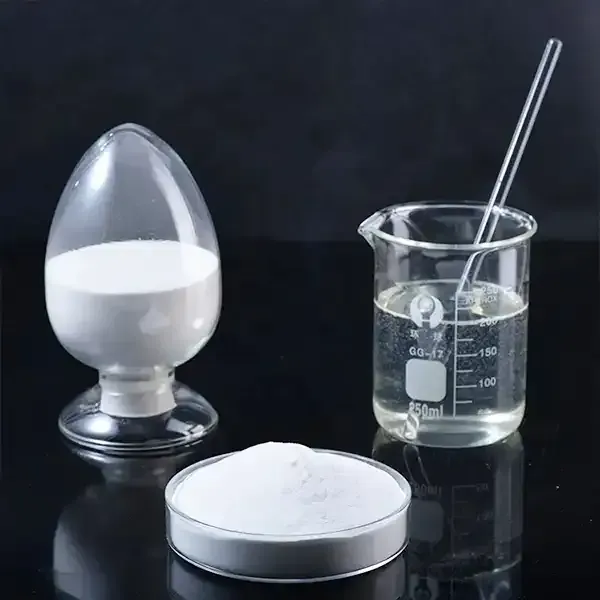Understanding Chemical Additives Their Role, Types, and Safety
Chemical additives play a vital role in numerous industries, from food and pharmaceuticals to cosmetics and manufacturing. These substances, which are intentionally added to products during processing, serve a range of functions that enhance product performance, stability, and safety. While chemical additives can significantly improve the functionality and longevity of products, their use is sometimes met with skepticism due to safety concerns and their impact on human health and the environment.
Types of Chemical Additives
Chemical additives can be classified into several categories based on their functions
.1. Preservatives These additives are used to prevent spoilage and extend the shelf life of products. For example, in the food industry, preservatives such as sodium benzoate and potassium sorbate inhibit the growth of bacteria, molds, and yeasts that can spoil food.
2. Stabilizers and Emulsifiers These additives help maintain the consistency and texture of products. Emulsifiers, such as lecithin, are commonly used in foods like mayonnaise and chocolate to ensure that oil and water mix smoothly. Stabilizers, on the other hand, help maintain the physical properties of a product, preventing separation and sedimentation.
3. Flavor Enhancers and Color Additives In the food industry, flavor enhancers like monosodium glutamate (MSG) are used to boost the taste of foods, while color additives such as annatto and tartrazine enhance visual appeal. These additives play a critical role in making products more appealing to consumers.
4. Thickeners and Gelling Agents These are used to modify the texture and viscosity of products. Common thickeners include xanthan gum and guar gum, which are often found in sauces, dressings, and desserts, contributing to the desired mouthfeel and consistency.
chemical additive

5. Antioxidants Used primarily to prolong the shelf life of products, antioxidants like ascorbic acid (vitamin C) help prevent rancidity and preserve nutritional quality in foods and cosmetics.
Safety and Regulations
While chemical additives serve important purposes, their safety is a major concern for consumers and regulatory agencies. Many countries have strict regulations governing the use of additives, requiring extensive testing for safety and efficacy before they can be approved for use in products. Agencies like the U.S. Food and Drug Administration (FDA) and the European Food Safety Authority (EFSA) continually monitor the safety of these substances.
However, some additives have been subject to public scrutiny due to potential health risks. For instance, synthetic colorings and preservatives have been linked to allergic reactions and behavioral issues in children. This has led to a growing demand for natural alternatives, prompting manufacturers to seek safer, plant-based options.
Emerging Trends and Consumer Preferences
As consumers become more health-conscious, the demand for transparency in food labeling and product ingredients grows. Many brands are now emphasizing the use of natural additives and becoming more transparent about their ingredient sourcing. This shift is not only influencing product formulations but is also driving innovations in the development of safer, more effective alternatives to traditional chemical additives.
In conclusion, chemical additives are integral to the modern manufacturing and food industries. They provide essential benefits that improve product quality, safety, and appeal. Nevertheless, ongoing discussions surrounding their safety have prompted manufacturers to prioritize consumer health by adopting more natural options. As we move forward, understanding the role and implications of chemical additives will be crucial for making informed choices and improving product formulations. The balance between functionality and safety continues to shape the landscape of chemical additives in our daily lives.
-
Rdp Powder: Key Considerations for Wholesalers in the Building Materials IndustryNewsJul.08,2025
-
Key Considerations for Wholesalers: Navigating the World of Hpmc - Based ProductsNewsJul.08,2025
-
Hpmc Detergent: Key Considerations for WholesalersNewsJul.08,2025
-
Key Considerations for Wholesalers: China Hpmc For Tile Adhesive, Coating Additives, Concrete Additives, and MoreNewsJul.08,2025
-
Crucial Considerations for Wholesalers: Navigating the World of Construction MaterialsNewsJul.08,2025
-
Key Considerations for Wholesalers Sourcing Additive For Cement, Additive For Concrete, Additive For Putty from Additive Manufacturer Shijiazhuang Gaocheng District Yongfeng Cellulose Co., Ltd.NewsJul.08,2025




